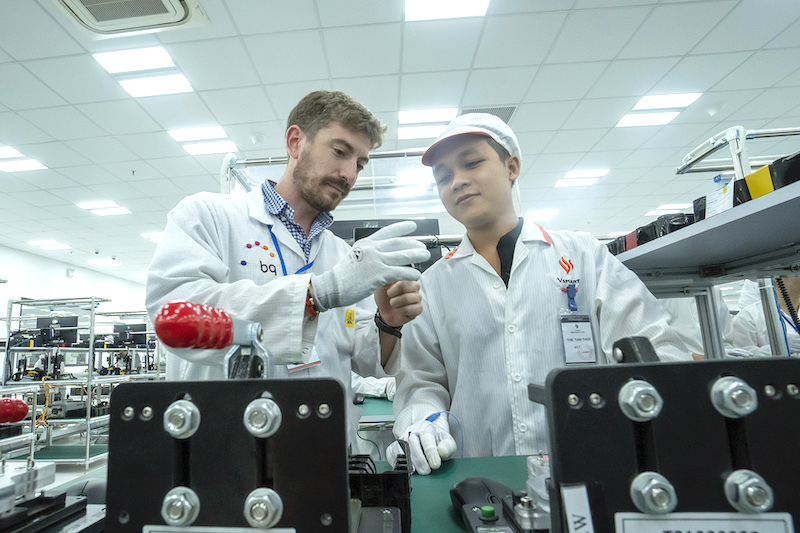
Australia and Vietnam will jointly launch DigiVet-Aus, a business connecting platform, this September. The project is expected to boost software exporting and outsourcing from Vietnam. The Head of the Vietnam Trade Office in Australia made the announcement during a virtual seminar on information communication technology (ICT) cooperation opportunities between Vietnam and Australia last week.
The official noted that the market size of the software industry in Australia is estimated at AUD13 billion (US$8.9 billion) as the development of the country’s economy is based on ICT platforms. However, the supply of digital products and human resources have dropped mainly due to the impact of the COVID-19 pandemic. The Managing Director of the Australian Information Industry Association (AIIA) added that the demand for human resources and IT products in Australia is huge. Many Australian enterprises are facing a shortage of ICT workforce while the government is focusing on bolstering the development of digital technologies.
It is an opportunity for Vietnamese IT companies to strengthen their connection with Australian pairs and vice versa, the official noted. Speaking at the webinar, the General Secretary of the Vietnam Software and IT Services Association (VINASA) said that Vietnamese and Australian businesses have many suitable conditions to increase cooperation. He hoped the conference will be a bridge for Australian and Vietnamese IT businesses to expand their networks and strengthen connections.
According to a member of the VINASA, Vietnam’s IT human resources have currently reached more than one million people, covering hardware, software, and digital content. Foreign investors can benefit from the high-quality IT human resources, government support policies, and a market of 97 million people. Also, they get the opportunity to penetrate the larger ASEAN market that comprises more than 600 million people, he added.
In his speech at the webinar, the Vietnamese Ambassador to Australia stated that through a close strategic partnership, Vietnam and Australia have signed an action plan for the 2020-2023 period, including three pillars of the economy, politics-defence security, and innovation; they are all related to digital transformation. The Vietnamese Ambassador added the strategy to strengthen economic cooperation between the two countries, expected to be signed in October, also attaches great importance to this issue. He underlined the current opportunity will not only benefits businesses but support the development of both Vietnam and Australia economies through IT cooperation, contributing to creating many facilities for the people of the two sides.
As OpenGov Asia reported earlier, the digital economy in Vietnam accounts for about 8.2% of GDP. The potential for development for the Internet and digital economy components is large. The ICT digital economy accounts for about 4.5% of global GDP, about 6.9% of America’s GDP, and 7% of China’s GDP. For Vietnam, the ICT digital economy is estimated to account for about 5.5% of the country’s GDP, with a revenue of about US$123 billion.
However, the government has claimed that this number does not reflect the real potential of Vietnam’s Internet digital economy, because many cross-border digital platforms collect billions of dollars in Vietnam but do not make declarations. The supervision and management of online business forms have many loopholes. Measuring the digital economy is still difficult, but this figure shows that Vietnam’s Internet digital economy still has great potential for development. According to a recent report, although Vietnam’s internet economy is behind Indonesia and Thailand in total revenue, Vietnam has the highest growth rate with 16% per year, compared to 11%/year for Indonesia and 7%/year for Thailand.
















